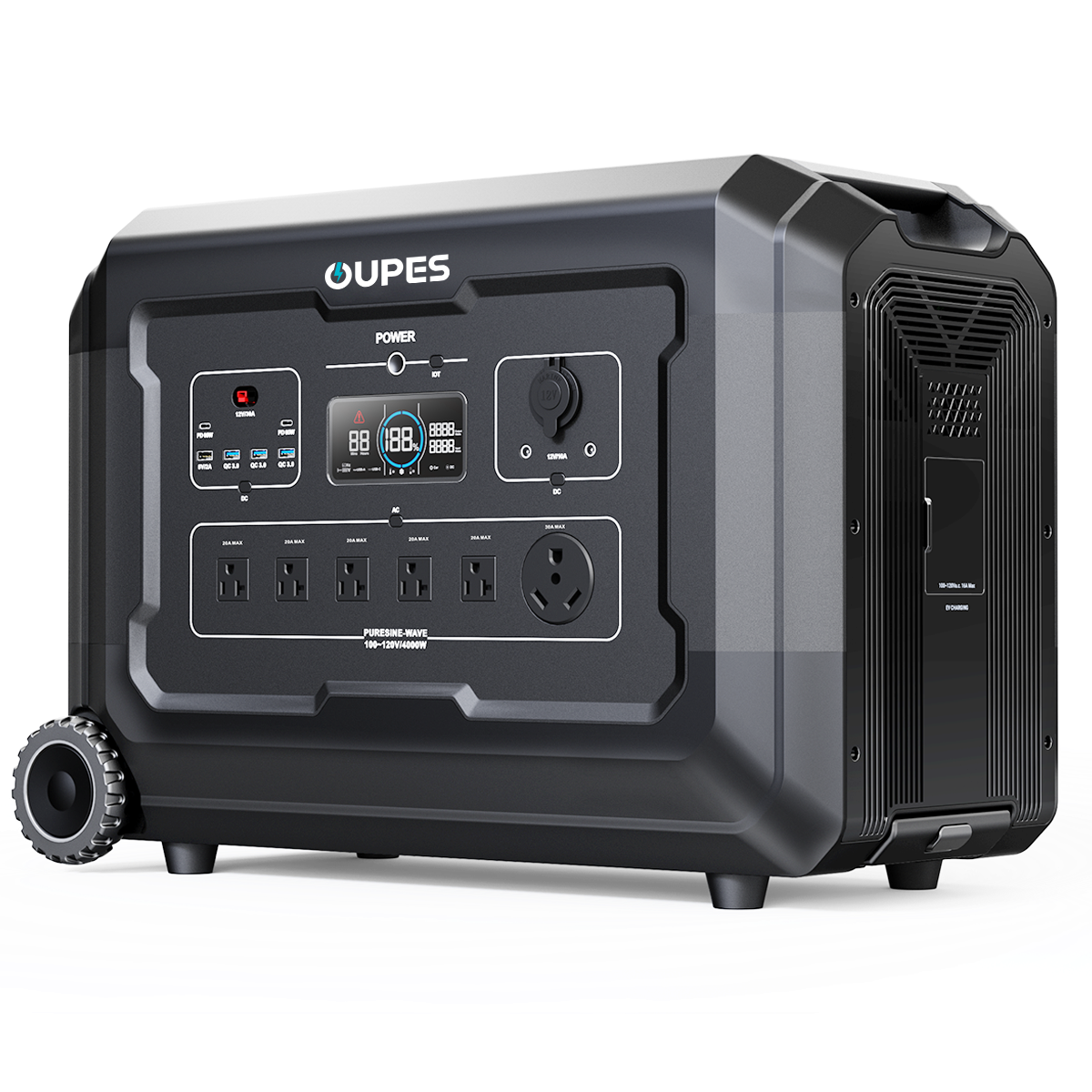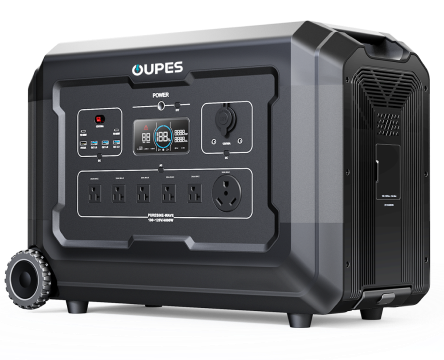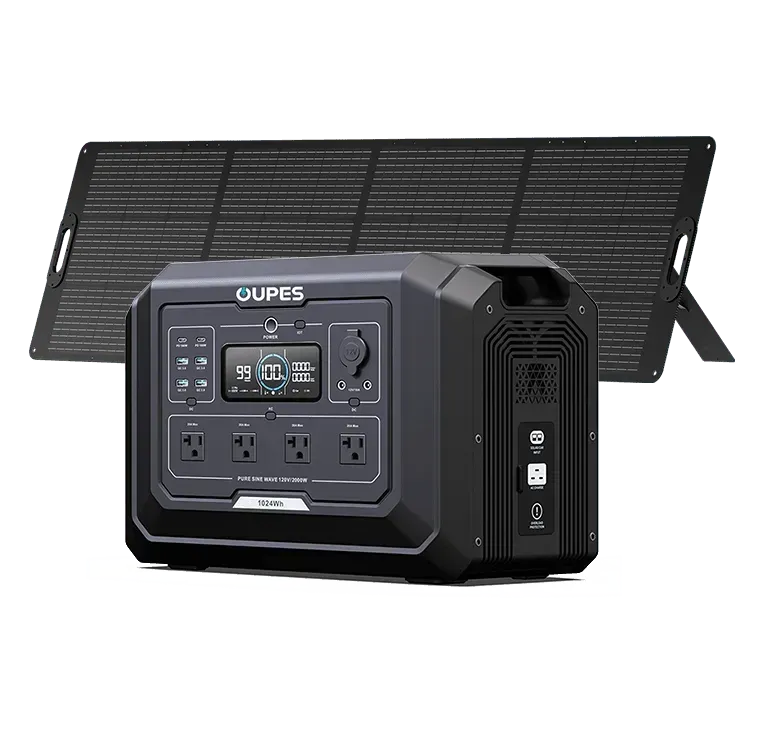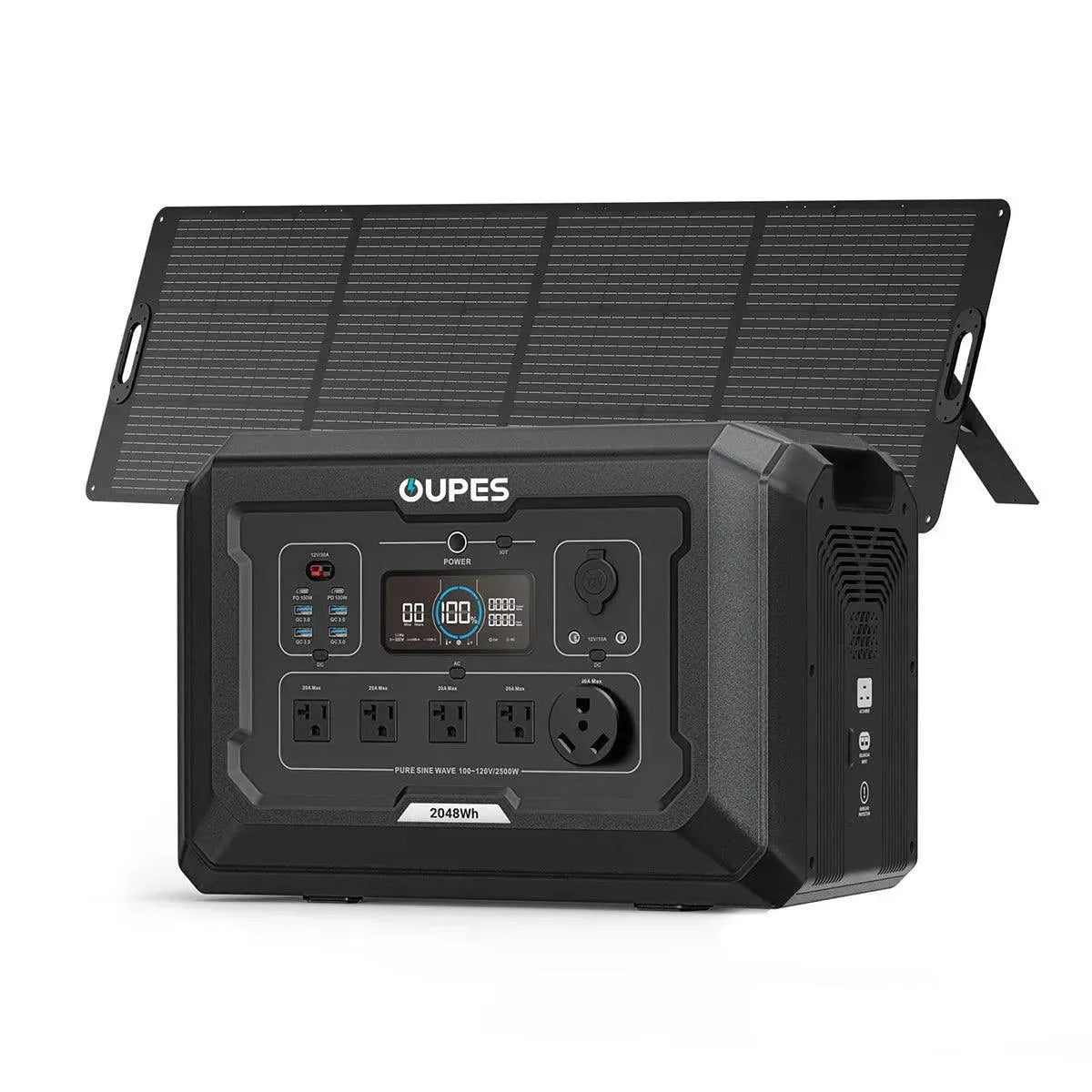
Imagine waking up during a major power outage and finding your lights still on, your fridge still running, and your home life uninterrupted. Whole-house battery backups are increasingly popular for providing peace of mind and energy independence—but what does all that convenience cost? Understanding the full expense requires diving deep into system components, installation complexity, and long-term value.
In this article, we’ll walk through everything you need to know about pricing whole-house battery backup systems. From battery capacity and installation labor to incentives and maintenance, you’ll gain clarity on what affects cost and why different setups range so widely. Whether you're planning for emergencies or aiming for energy resilience, this guide will prepare you to make a smart financial decision.
Assessing System Capacity and Upfront Hardware Costs
When it comes to whole-house battery backup, capacity is the single biggest cost driver. Capacity is measured in kilowatt-hours (kWh), and systems for full-home coverage typically range from 10 kWh to 30 kWh or more. The hardware cost for the battery bank itself depends on the chemistry, depth-of-discharge, and cycle life. A lithium-chemistry bank suitable for whole-home needs might cost between $10,000 and $30,000 before installation.
Battery modules often come in modular formats—you can start with one or two modules and add more later. Smaller systems that back up only essential circuits may begin at around 10 kWh with one or two modules, while full-home systems that can power HVAC systems, electric water heaters, and EV chargers may require 20 kWh or more. This modular design gives flexibility, but each additional module adds thousands of dollars to hardware cost.
The reason for these high upfront costs lies in the advanced technology inside each battery module. High-quality battery cells, integrated battery management systems (BMS), thermal controls, and safety features all contribute to the price. Cheaper lead-acid or basic lithium-ion batteries exist, but they typically don’t provide the performance, lifespan, or safety needed for whole-home use.
Finally, there is the inverter or hybrid inverter that routes stored DC energy into AC power for your home circuits. Hybrid inverters capable of handling solar input, grid-tie functions, and backup are sophisticated devices, often costing somewhere between $2,000 and $5,000 alone. In total, hardware costs for a serious whole-house battery backup setup can easily reach $15,000–$40,000 depending on capacity and features.
Installation, Labor, and Balance-of-System Components
Beyond hardware, installation adds a significant portion to the final invoice. Licensed electricians must perform load analysis, safety disconnects, transfer switch installation, wiring, and system programming. Expect labor and permit fees to range from $5,000 to $15,000, depending on local labor rates and project complexity.
Balance-of-system (BOS) components include conduit, breakers, disconnect panels, mounting hardware, monitoring systems, and possibly solar panel integration. BOS parts may cost another $2,000–$5,000. If integrating with existing solar arrays or adding new panels, additional panels, racking, and wiring may raise BOS costs further.
Some homeowners choose to upgrade electrical services at the same time—adding subpanels or increasing service capacity. Permit fees, interconnection studies, and inspections may add up to $1,000 or more. In total, the non-hardware costs for a whole-house battery backup can climb into the tens of thousands, especially when expanding your home's electrical capability as part of the process.
Installation complexity also impacts cost. Homes with easy attic or garage access tend to be less expensive, while those requiring outdoor wall mounts, trenching for exterior wiring, or code upgrades demand higher prices. Planning for these logistical challenges ahead of time helps avoid unpleasant surprises on the final bill.
Financial Incentives, Rebates, and Return on Investment
One major offset to the high upfront cost of a whole-house battery backup is financial incentives. Federal, state, and local programs may offer rebates, tax credits, or performance-based payments. In the U.S., a federal tax credit—commonly called the Investment Tax Credit (ITC)—can cover 30% of both battery and solar installation costs if paired appropriately.
Some states or utilities offer additional incentives, rebates, or performance payments that reduce costs further. These can amount to several thousand dollars, making a sizable dent in total spending. In markets with favorable net metering or time-of-use rates, battery systems may pay for themselves through energy arbitrage—charging when electricity is cheap and discharging during peak price periods.
Homeowners often calculate a payback period: how long it will take for utility bill savings and incentives to cover the upfront investment. Payback periods for battery systems may range from 7 to 15 years, depending on usage, rate structures, and available incentives. Projects that incorporate solar panels tend to amortize faster, as they generate utility bill savings in addition to backup resilience.
Long-term value also includes intangible benefits: peace of mind during outages, resilience against rising electricity costs, and reduction of carbon footprint. It's important to compare overall lifetime costs—batteries typically require replacement in 10–15 years. Some homeowners go with long-life chemistries like LiFePO₄, which may endure 20+ years but come at higher upfront cost.
Choosing Components: Chemistry, Scalability, and Monitoring
The type of battery chemistry in your system significantly impacts cost and performance. Common whole-house options include lithium iron phosphate (LiFePO₄) and advanced lithium-ion. LiFePO₄ offers exceptional cycle life and safety but costs more per kWh. Entry-level lithium-ion is cheaper upfront but may require replacement sooner.
Scalability is another design decision. Systems designed for expansion allow homeowners to start with minimal modules and add capacity later. While this can reduce initial cost, modular systems sometimes carry a premium per module compared to buying all at once.
Monitoring and control systems also add value. Smart platforms that integrate with mobile apps, utility messaging, or virtual power plant participation cost extra but help homeowners optimize performance. While optional, these systems improve long-term reliability, scheduling, and diagnostics—which matters for maximizing investment.
Every decision—from chemistry and capacity to expansion capability and monitoring—shapes overall cost. Spending a bit more upfront on long-lived components can reduce costs later, while minimizing features may limit performance or require future upgrades that become inefficient.
Ongoing Maintenance, Warranties, and End-of-Life Considerations
Unlike generators that require yearly maintenance, whole-house battery systems are mostly hands-off—but not zero maintenance. Manufacturer warranties, typically covering 10 years or a set number of cycles, are crucial. Warranties often guarantee capacity retention above a certain percentage for years and influence long-term value.
After warranty expiration, battery modules may need replacement or rebalancing. If you chose less durable chemistry, replacement batteries may cost $400–$800 per kWh at that time. Planning ahead and choosing chemistry carefully helps avoid surprise expenses later.
Some components like inverters and BOS parts may need servicing or replacement every 10–15 years. Software updates, commissioning of grid interconnection, or replacing contactors may incur minor costs. While not as frequent or intensive as fuel generator maintenance, these costs still deserve attention in lifecycle planning.
End-of-life disposal or repurposing may also be a factor. Recycling battery modules responsibly ensures safety and environmental stewardship. Some owners repurpose aged batteries for low-demand applications like outdoor lighting or small off-grid setups.
Conclusion
Whole‑house battery backup systems offer compelling value for those seeking resilience, clean energy, and independence from the grid—but they come with significant upfront cost. A complete system—including batteries, inverters, installation, and monitoring—can range from approximately $20,000 to $60,000, depending on capacity, chemistry, and installation complexity.
However, with tax credits, local incentives, and long-term savings on electricity costs, the effective investment can be much lower. A system properly sized, installed, and cared for may pay for itself in 7–15 years and provide decades of reliable service. By evaluating energy needs, comparing chemistry options, and planning for incentives and maintenance, homeowners can make confident decisions that bring both immediate benefit and long-term energy security.




























